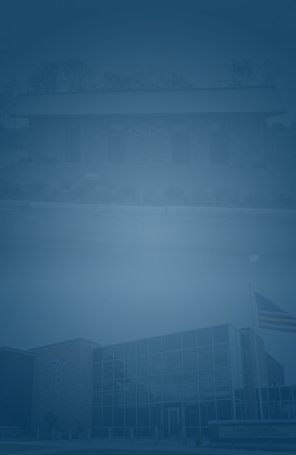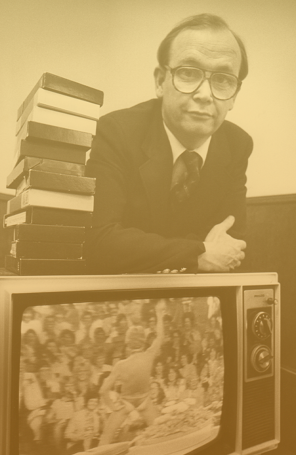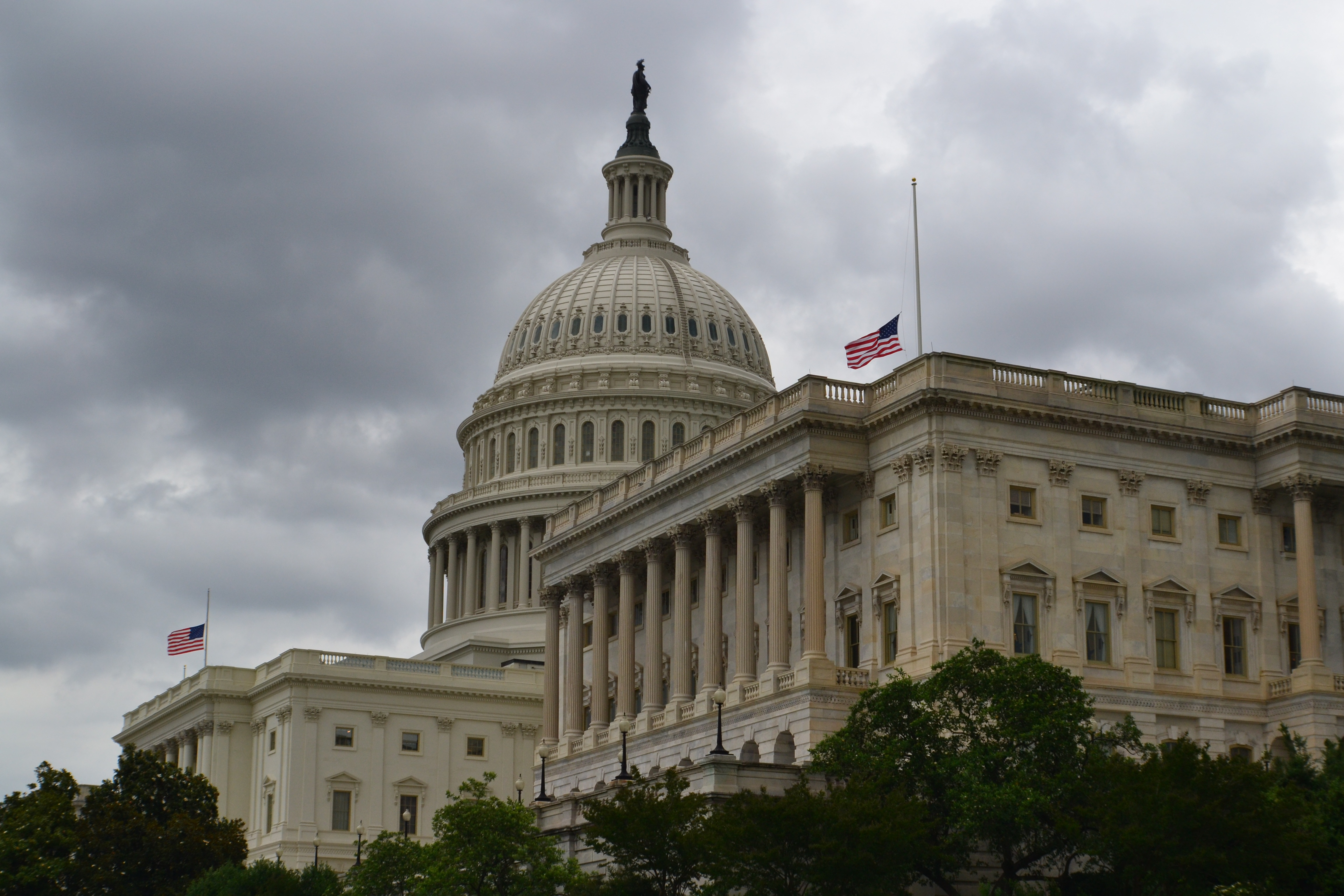Queering the Culture
Sign up for a six month free
trial of The Stand Magazine!
It’s Sunday morning at a progressive church. The pastor introduces himself, states his preferred pronouns, welcomes the congregants, and then announces the arrival of the guest preacher – a drag queen performing under the name of “Ms. Penny Cost.” It is explained that Isaac Simmons (the man in drag) is a first-year seminary student and candidate for ordination in the United Methodist Church (UMC).
This is not the beginning to some pretentious short story from freshman English class. It is, in fact, a real event with real people taking place in a worship service at Allendale UMC in St. Petersburg, Florida. And things like this will continue to happen in the days, weeks, and years ahead.
Drag queens in public life
Once an obscure part of gay subculture, men dressing up as drag queens have now become a common feature of pop culture. Apart from TV shows and LGBTQ celebrations, drag queens have also been prominently featured in Drag Queen Story Hour programs at local libraries and elementary schools.
Since drag queens have been mainstreamed, is it any surprise that there would be churches wanting to feature them in worship services too? Certainly not. “In the last time there will be scoffers, following their own ungodly passions” (Jude 1:18, ESV).
What may be surprising for many Christians is that none of this is accidental. The rise of drag queens in public life is a defiant attempt to “queer” our children and the church of Jesus Christ.
What is queering?
While the word queer used to be seen as a pejorative slur for homosexuals, the term has since become an identity label worn proudly by anyone who identifies as outside heterosexual or stereotypical gender norms (hence the Q in the LGBTQ acronym). But in the academic world of queer theory, the word has also become an action and a strategy for subversion.
Queering is the introduction of LGBTQ iconography, people, language, or concepts in a context where it isn’t expected. This is done so as to make whatever is queer more normal while also frustrating and disrupting traditional expectations. In Encyclopedia of Diversity and Social Justice, a prominent textbook on social theories, authors Joshua Trey Barnett and Corey W. Johnson describe the process like this:
"Queering is one strategy for queer activists who want to unsettle or complicate normative practices, spaces, or discourses. Introducing queer bodies into normative spaces, for instance, changes the dynamics of that space by unsettling the taken-for-granted characteristics of that space. Drag queens might ‘take over’ a ‘straight bar’ in order to queer the space, or complicate what that space means to the people inhabiting it."
In other words, the purpose of queering is to disrupt foundational assumptions about sex and gender, thereby transforming social norms by pushing the envelope.
Drag performance as an act of queering
Drag performance itself is an act of queering because of its attempt to complicate and unsettle binary depictions of sex and gender. This can be seen even with the complicated use of pronouns which dismantles order and clarity. As in the case of Isaac Simmons/“Ms. Penny Cost,” Isaac has one set of pronouns (they/them) and a different set when he is dressed in drag (she/her). The drag persona is singular while the real person underneath is plural.
But the queering goes deeper. Consider the way Drag Queen Story Hours have become a feature of education in recent years. The website for the initiative proudly declares that through these events, “[K]ids are able to see people who defy rigid gender restrictions and imagine a world where everyone can be their authentic selves!” (dragstoryhour.org, 10/14/22). The purpose is to stretch a child’s imagination to think of drag as normal. Where a child may think it wrong or strange for a man to dress as a woman, the drag performer gives a visible counterpoint to that latent assumption.
According to the theory that undergirds these efforts, the act of having drag queens reading in a library or school has effectively queered the space. As the theory stresses, this is supposed to help the child become more accepting of all LGBTQ expressions – including those the child may develop later. Not all drag performances are brazenly sexualized, but the very act of drag – especially where the maleness of the female impersonator is particularly recognizable – is intended to pervert. That’s the point. This doesn’t even mention the frequently sexualized performances that have been documented – which is why many conservatives have labeled the practice “grooming.”
Queering the church
The appearance of “Ms. Penny Cost” at Allendale UMC is evidence that the practice of queering is now entering into some church settings as well. In one sense, this is to be expected. After all, embracing gay-affirming theology will eventually require further participation in activism in order to prove one’s commitment to the LGBTQ cause.
But in another sense, it is surprising to hear of a drag queen leading a church service because it is so obviously antithetical to sound doctrine and reverent worship of the God of the Bible. But this is exactly the point of queering: It is meant to disrupt, surprise, and shock those who adhere to biblical orthodoxy. It is defiant, abrasive, and transgressive by design.
The message of Isaac Simmons playing Ms. Penny Cost is clear: Churches must denounce queerphobia and rethink who has access to the pulpit. And when we do that, we will also rethink our understanding of God, sin, and the Christian life. The hope is that people will reject the Bible in favor of inclusion.
Queering is intentionally designed to blur the lines of right and wrong, natural and unnatural, male and female, objective truth and subjective experience, and beyond. It is meant to make people more accepting of the LGBTQ agenda at an emotional level by overwhelming them until they are worn down and compliant. It is a spiritual attack made manifest in the flesh – with makeup, heels, and wigs.
There is a deep darkness underneath it all, and some drag queens have openly admitted that promiscuous sex and drug use are often behind the scenes at drag events. Exposing children to this is revolting. This kind of wickedness must be fought against with vigor and courage.
Sadly, many Christians have been ashamed to speak up. Some evangelical leaders insist that Christians just need to quiet down, hold their peace, and love their neighbors. This kind of false dichotomy between loving our neighbors and standing for righteousness needs to stop. Whatever is ultimately true is ultimately good. Doing our best to spare our neighbors the onslaught of sexual confusion and decadence is certainly a very loving – and righteous – response.
Ultimately, the Lord will not be mocked, even as femininity is mocked by these performers. The wrath of God is coming. And woe to those churches who call what is evil, good, who parade it as righteousness before a lost and dying world. May the church of Christ stand boldly against the godlessness of a society bent on bringing God’s judgment. Come quickly, Lord Jesus.
Editor’s note: M.D. Perkins is author of Dangerous Affirmations: The Threat of ‘Gay Christianity’ and other titles available at resources.afa.net. This commentary is condensed from his blog “Drag Queens and the Queering of the Church” at afa.net/thestand.

Sign up for a free six-month trial of
The Stand Magazine!
Sign up for free to receive notable blogs delivered to your email weekly.



















